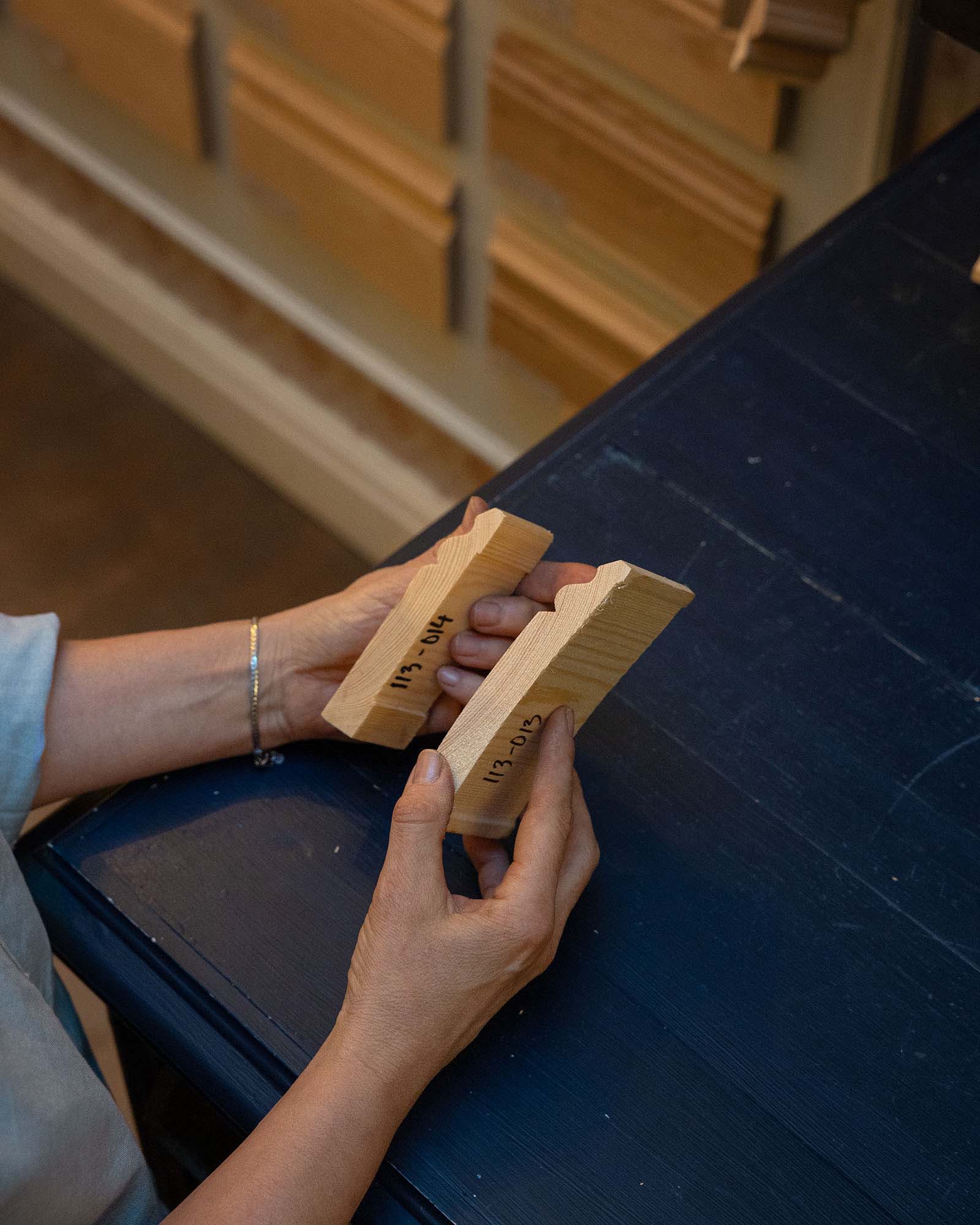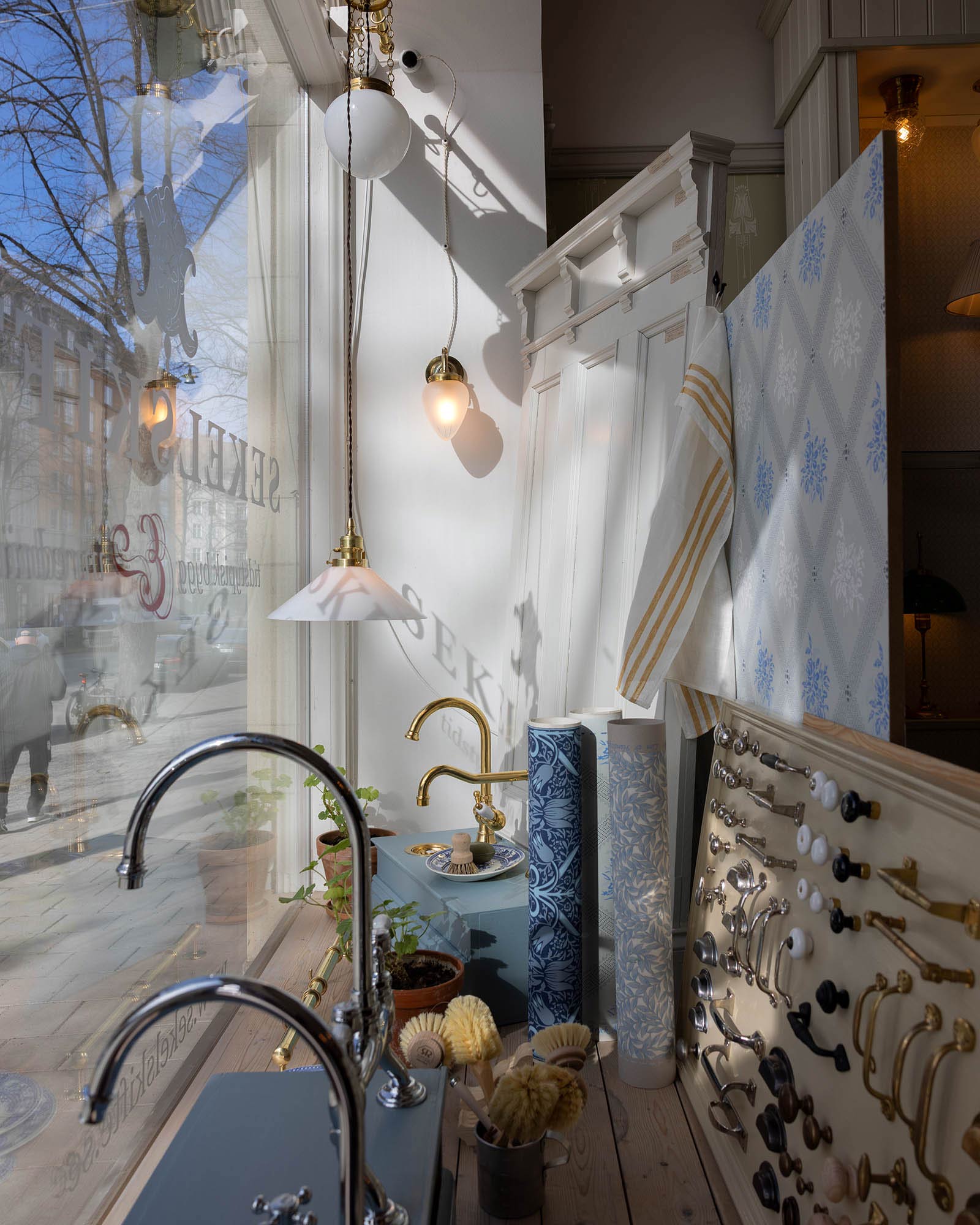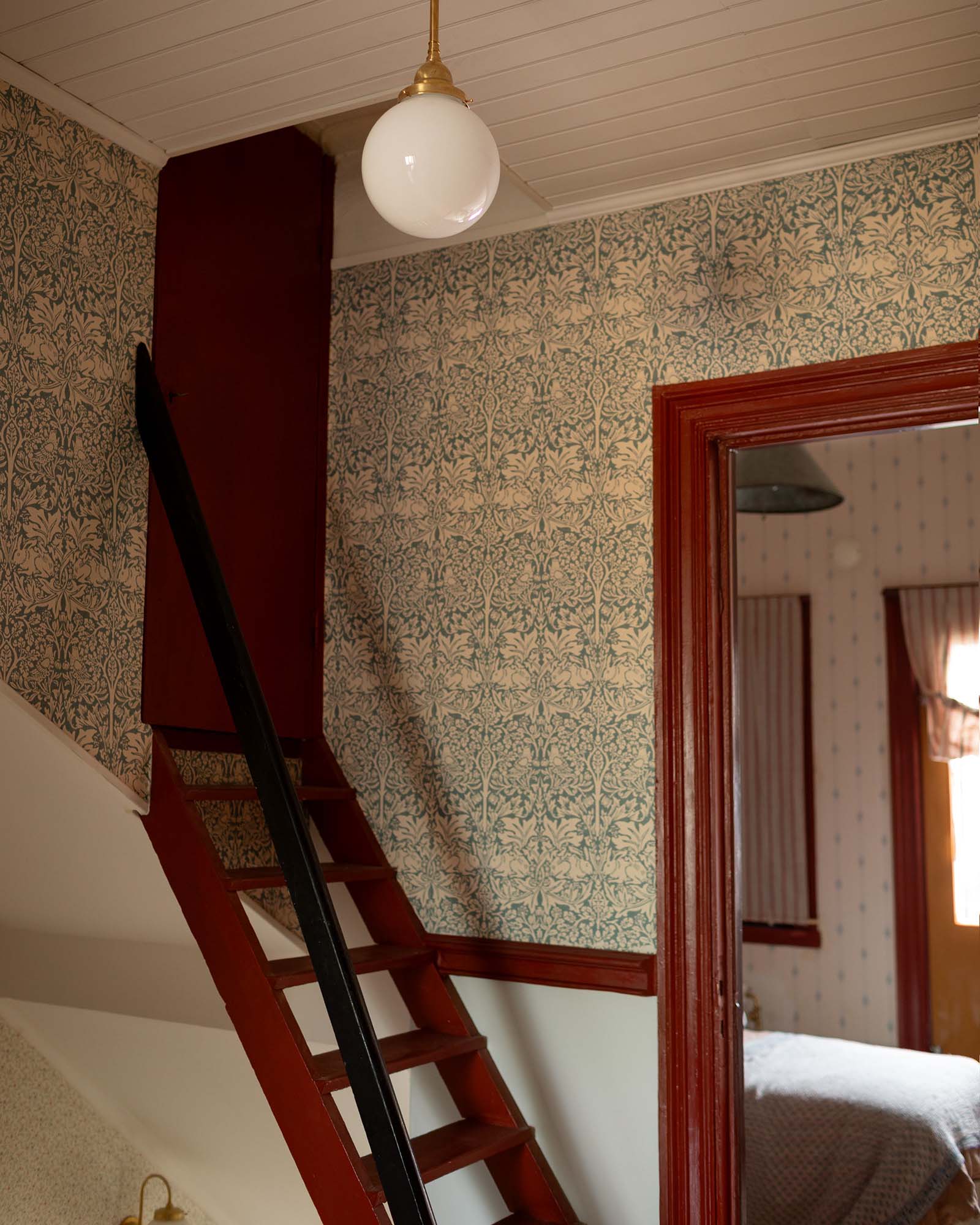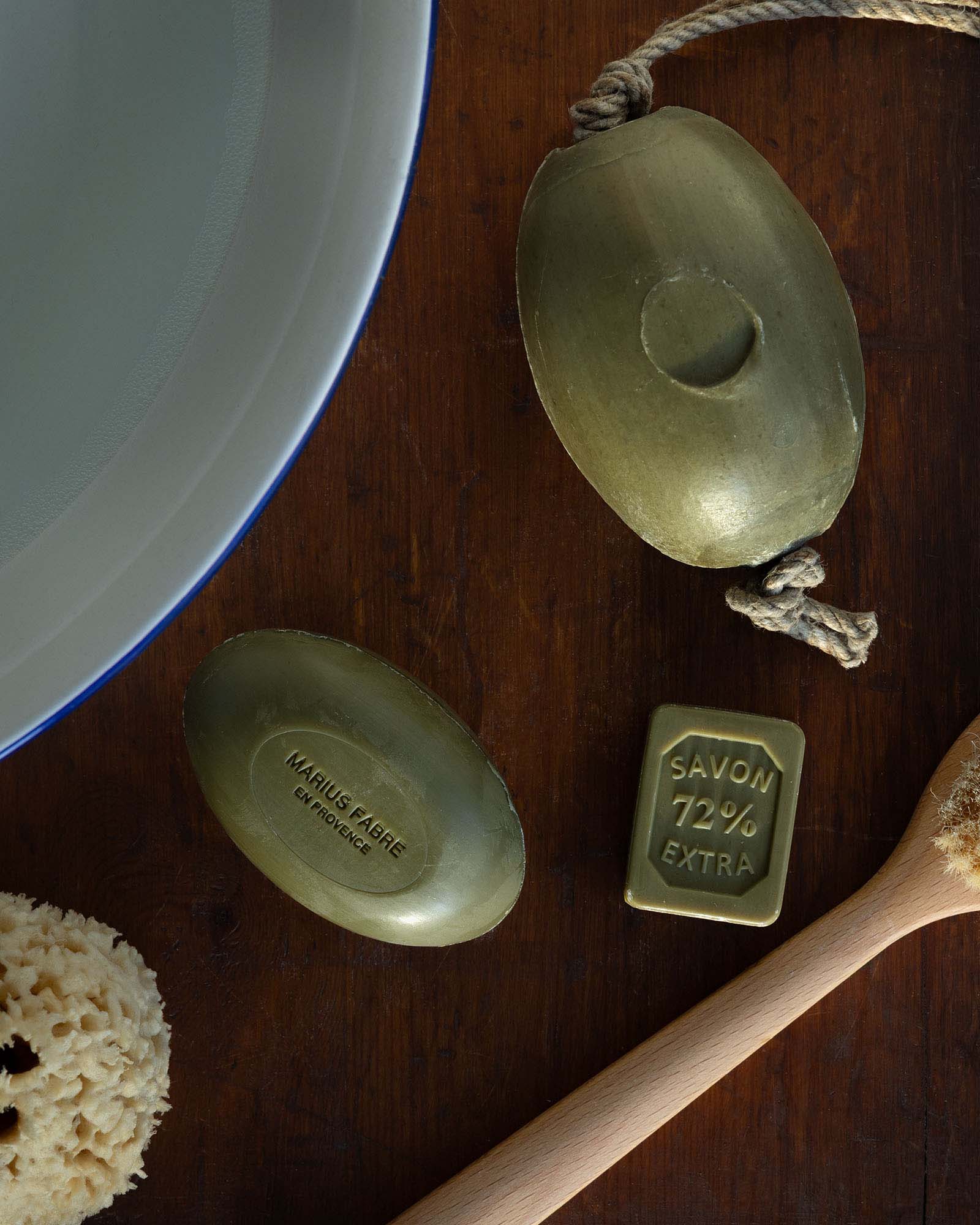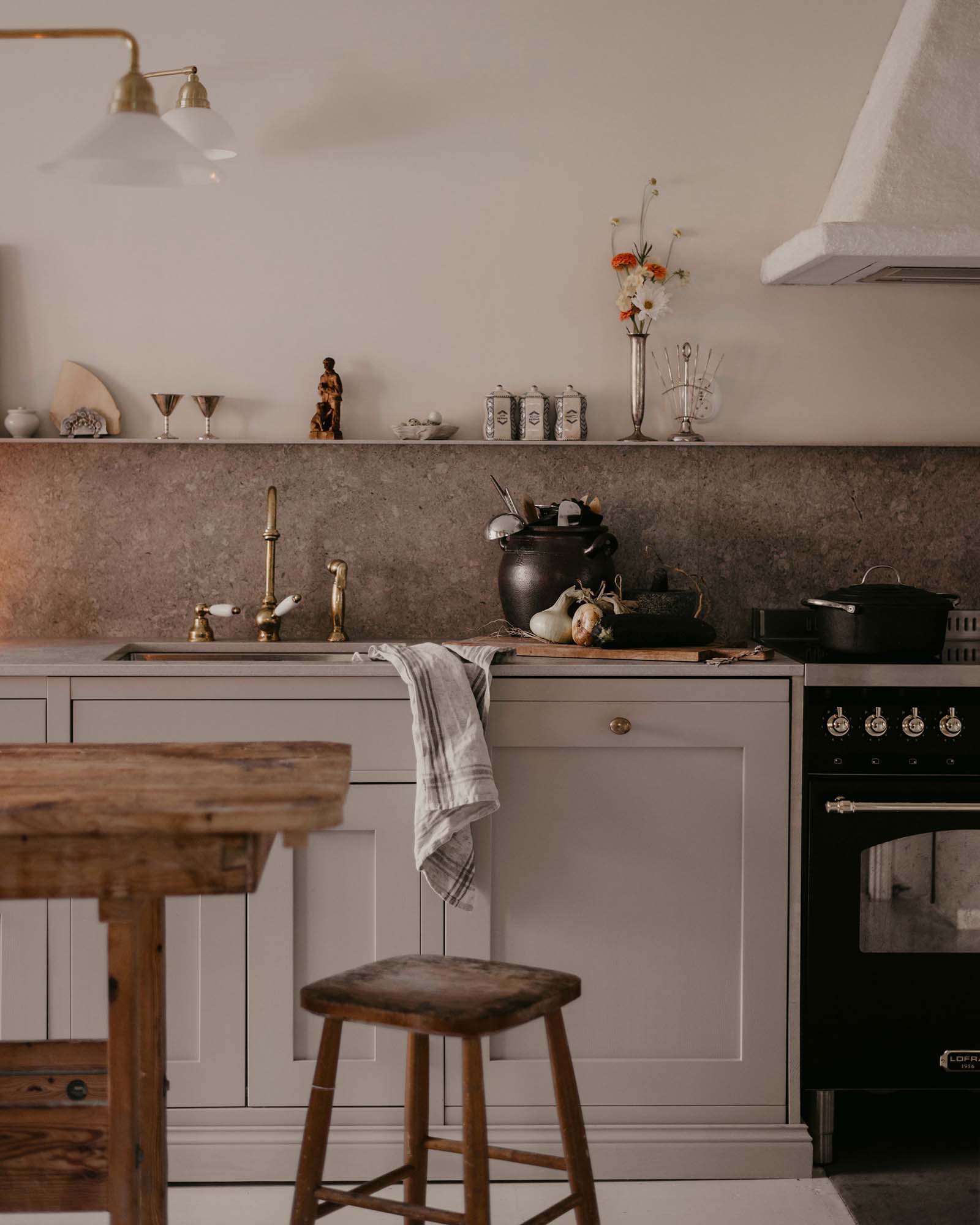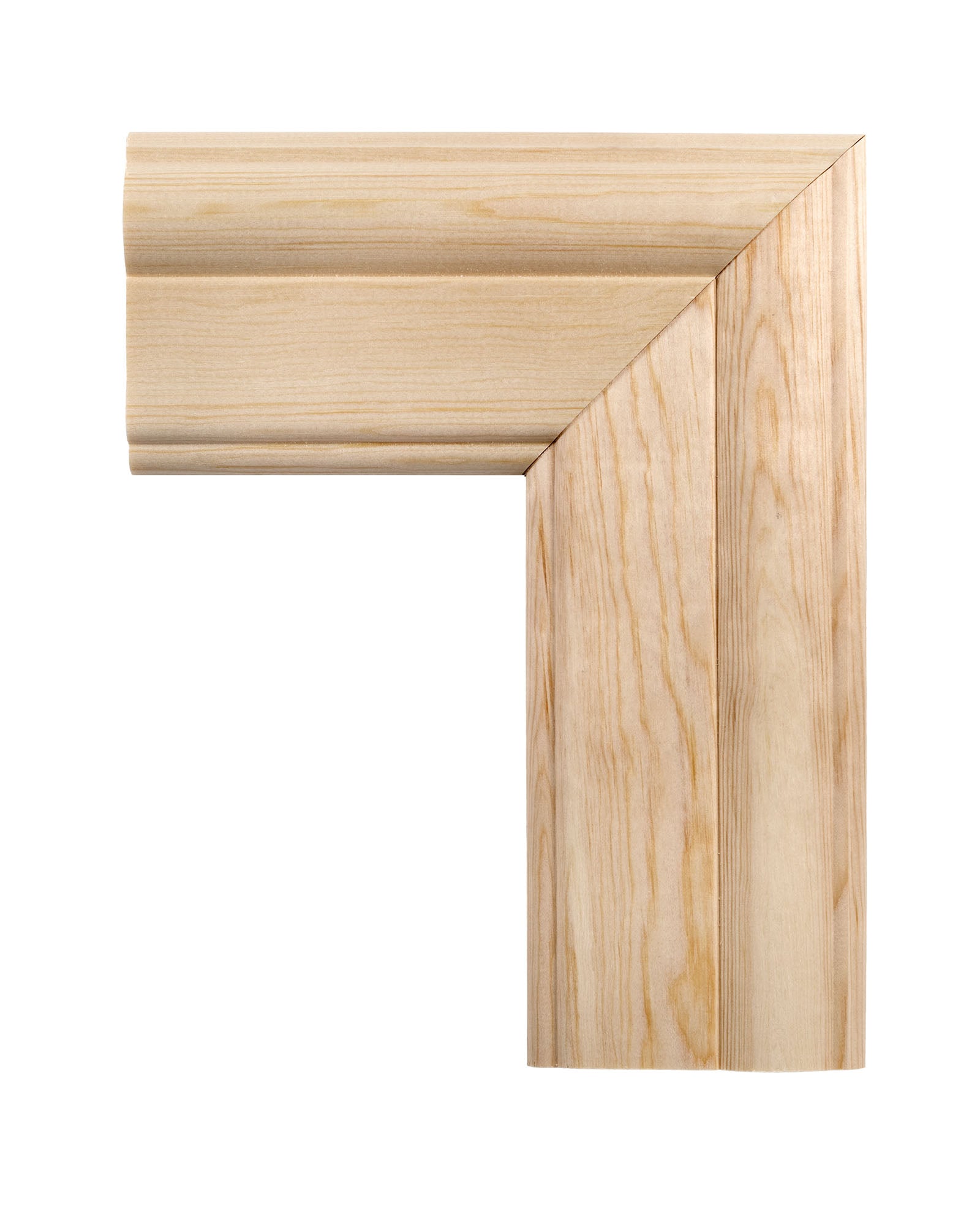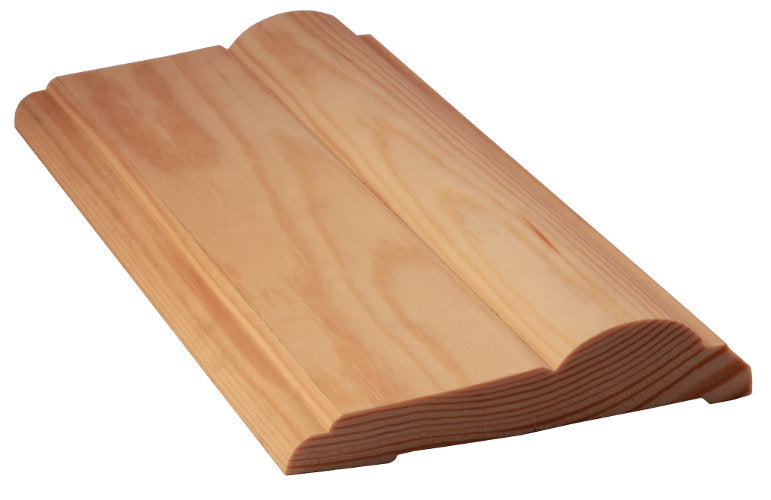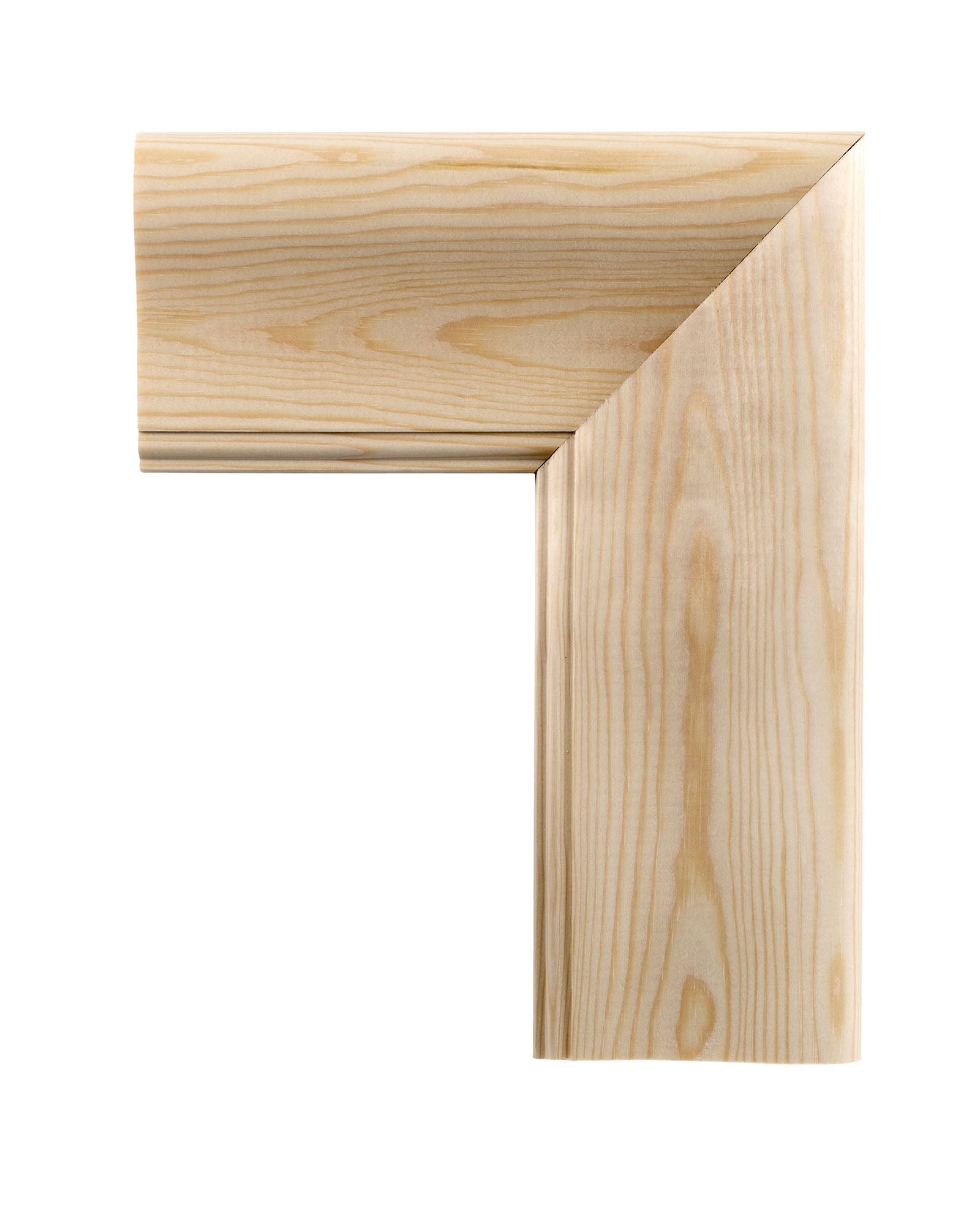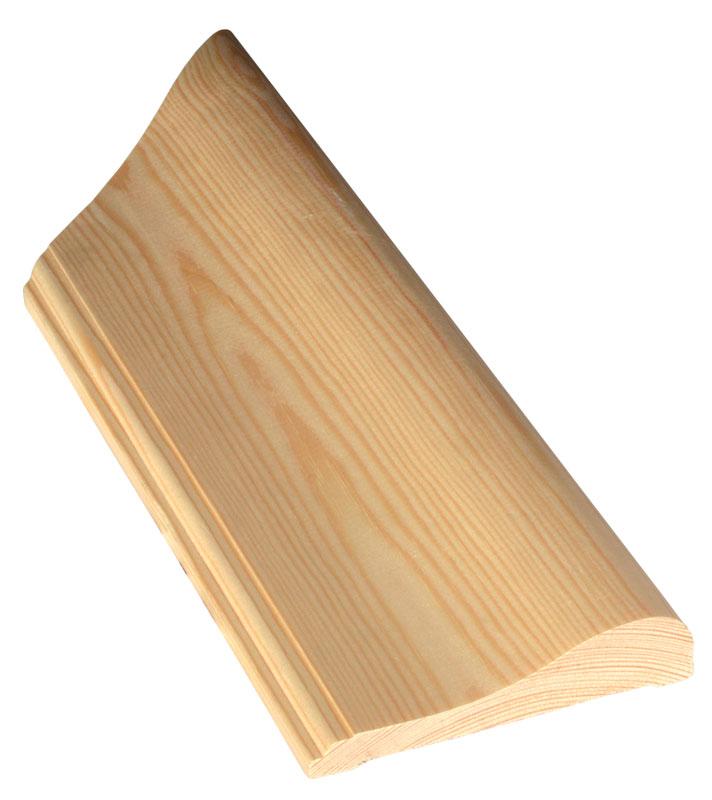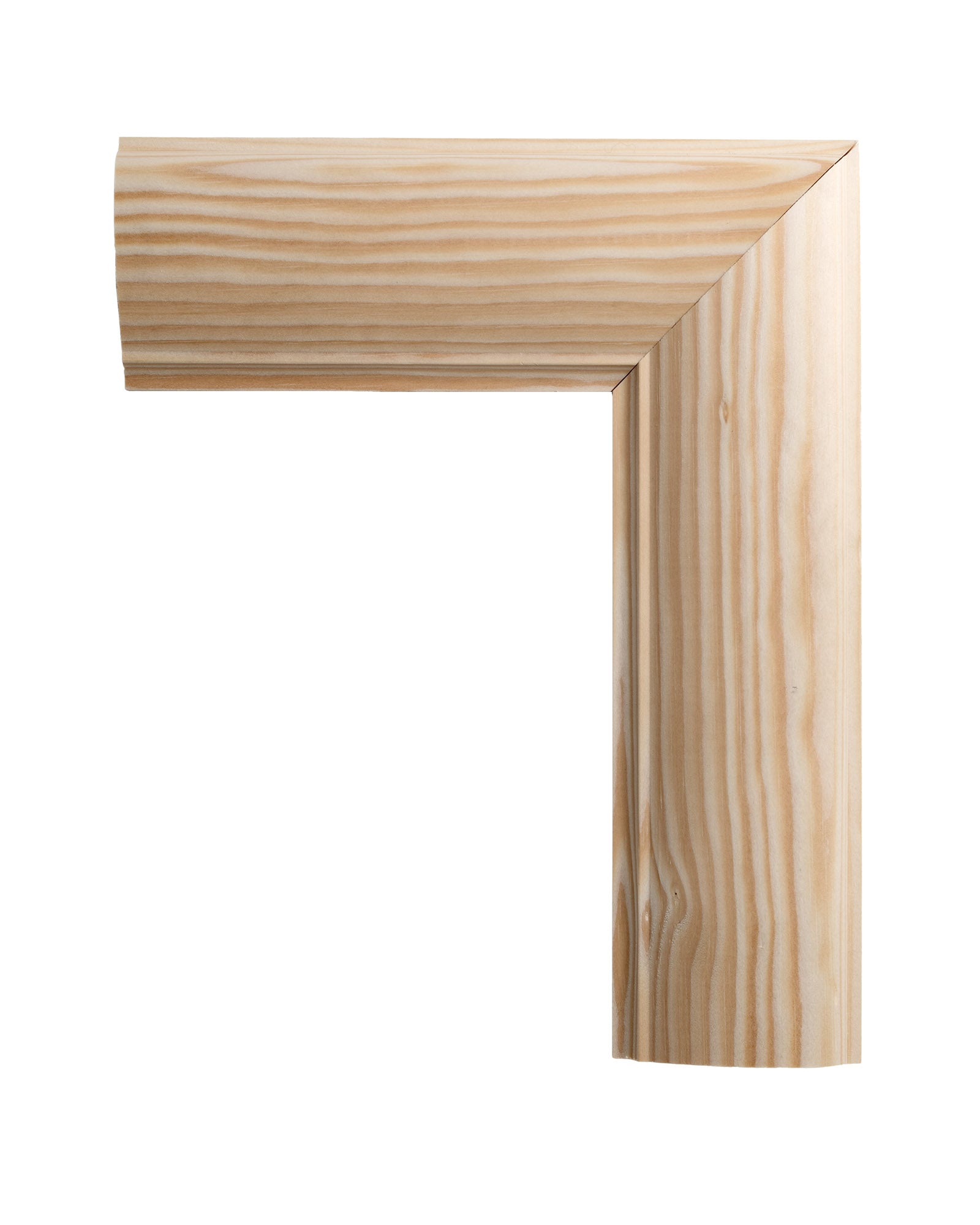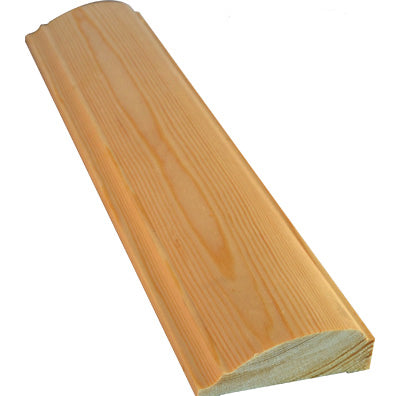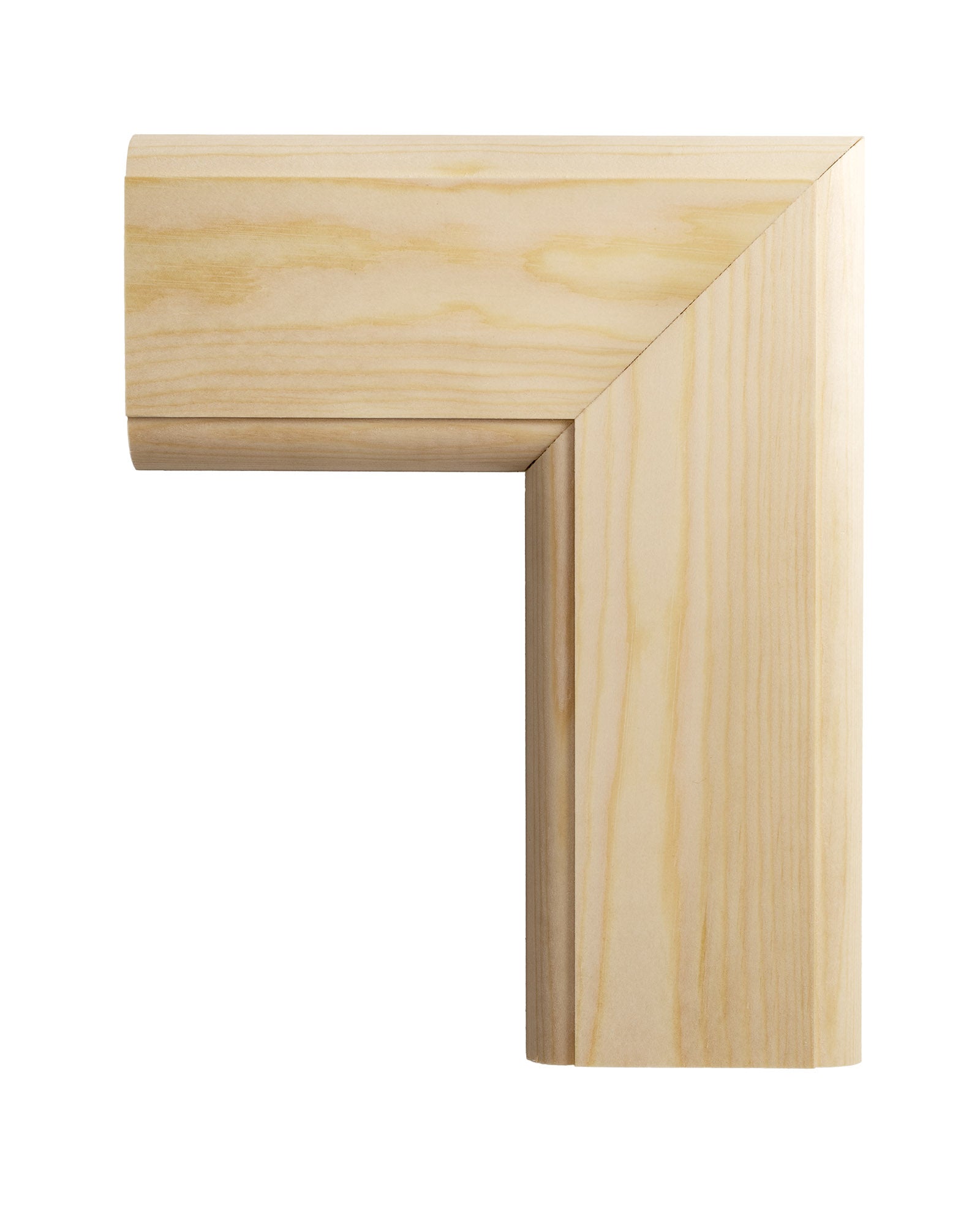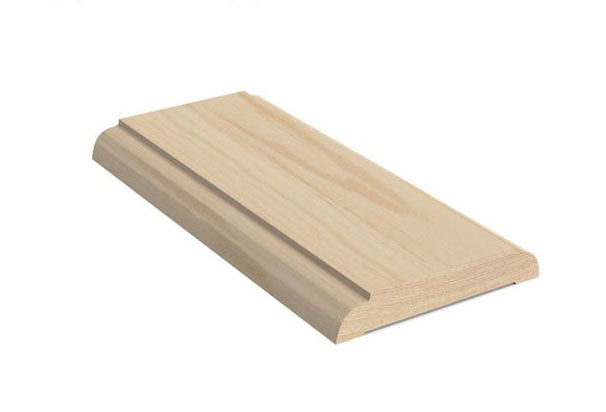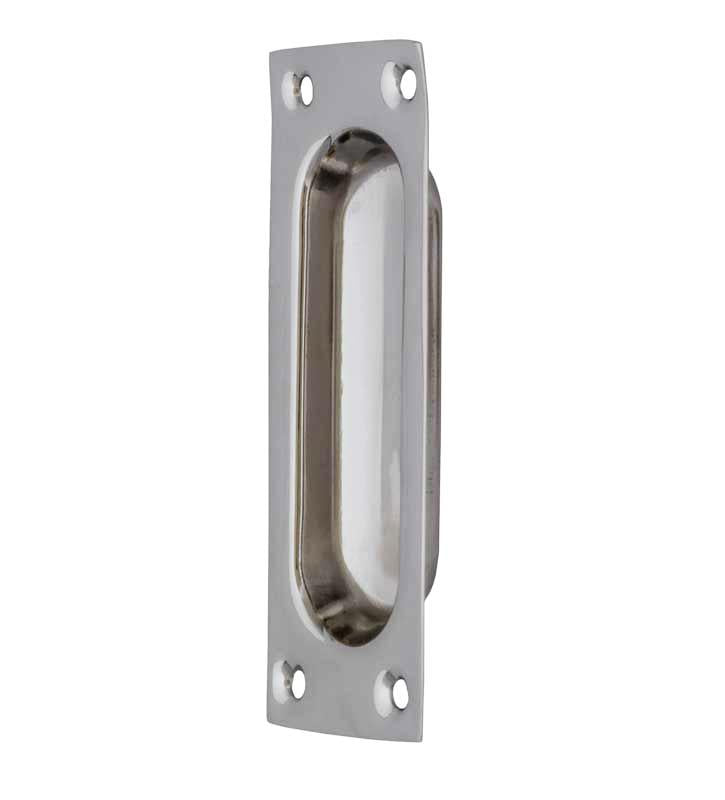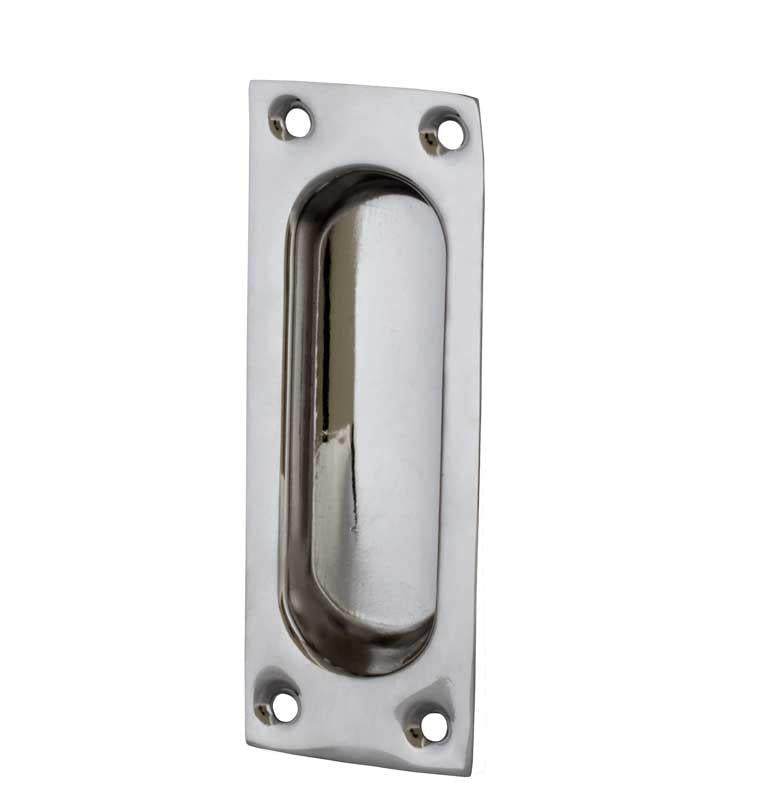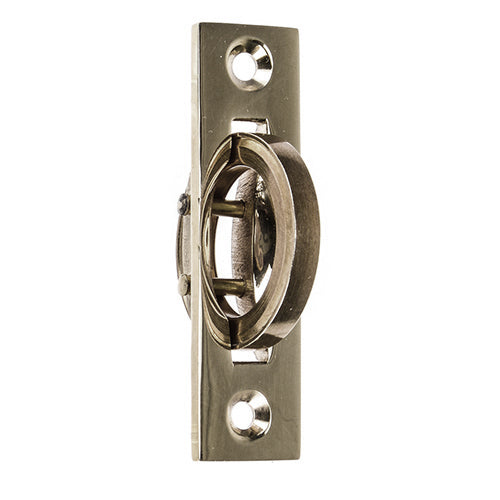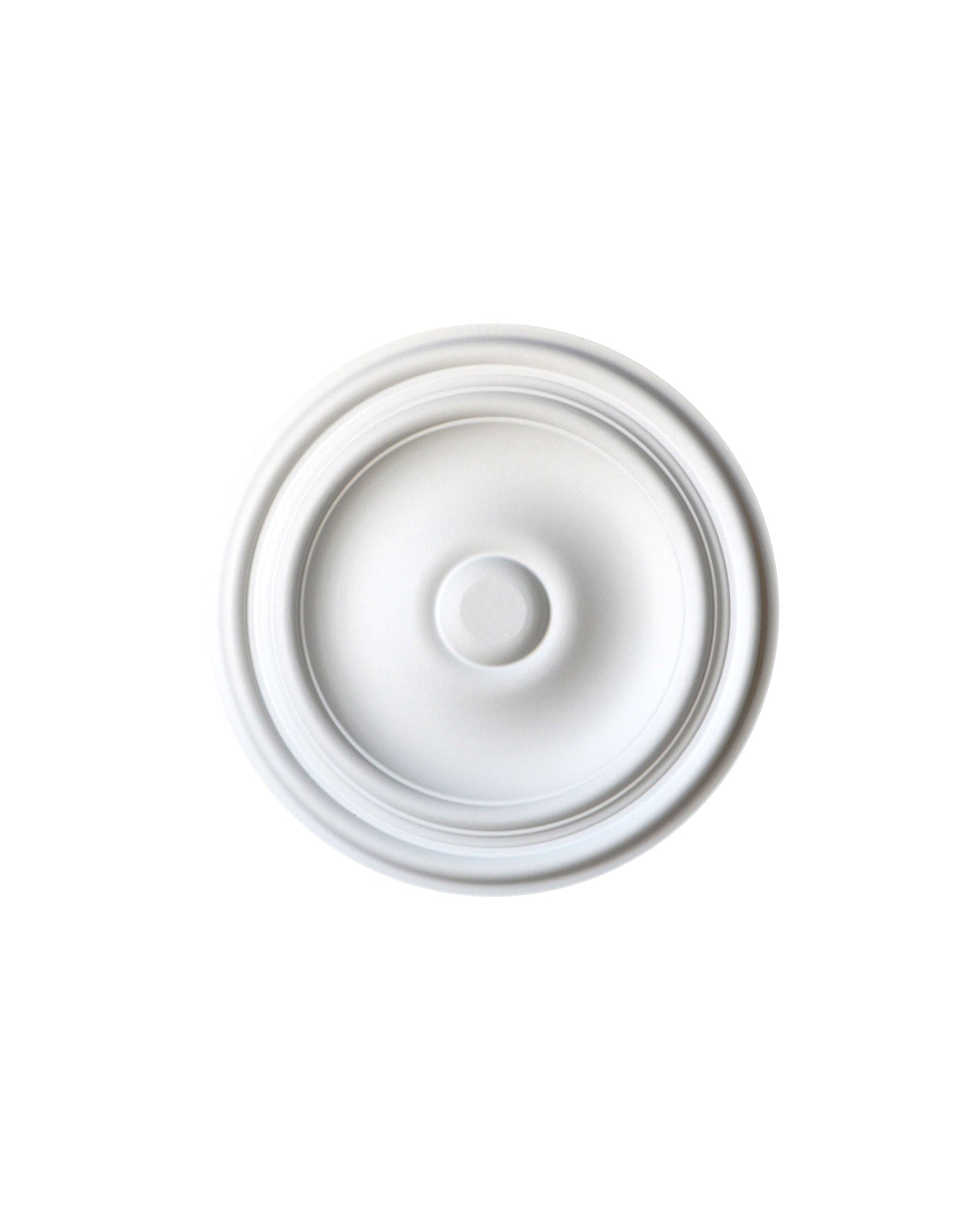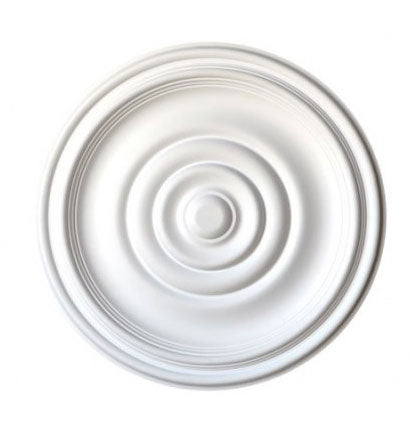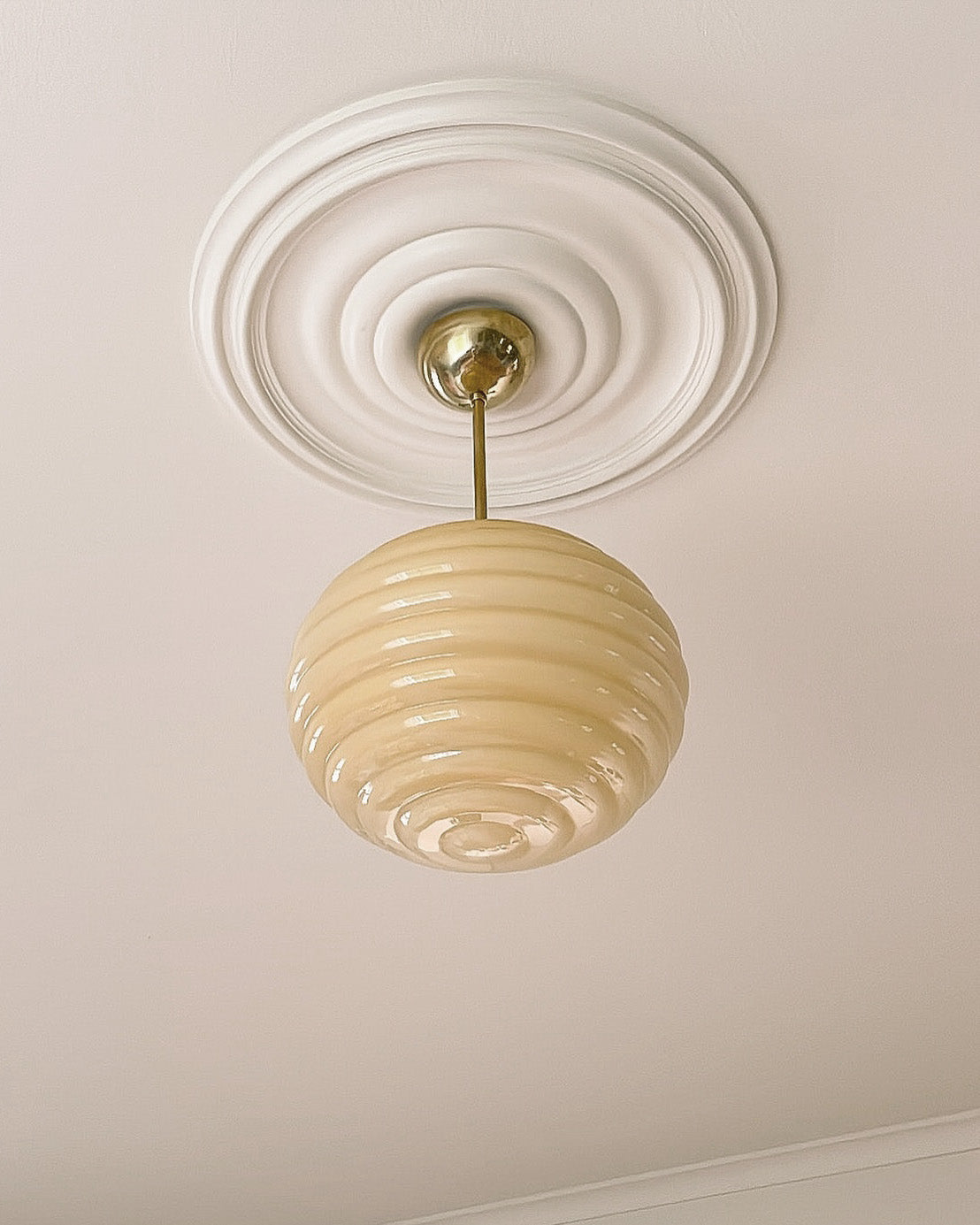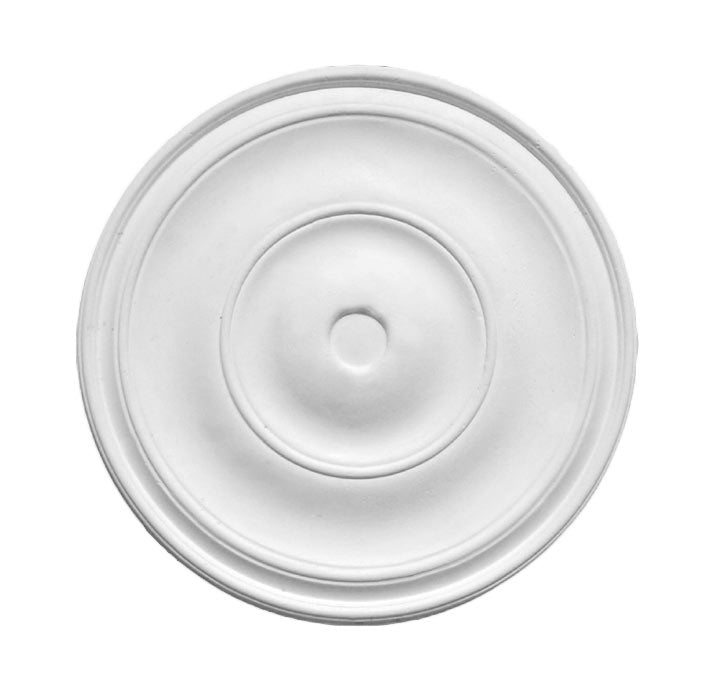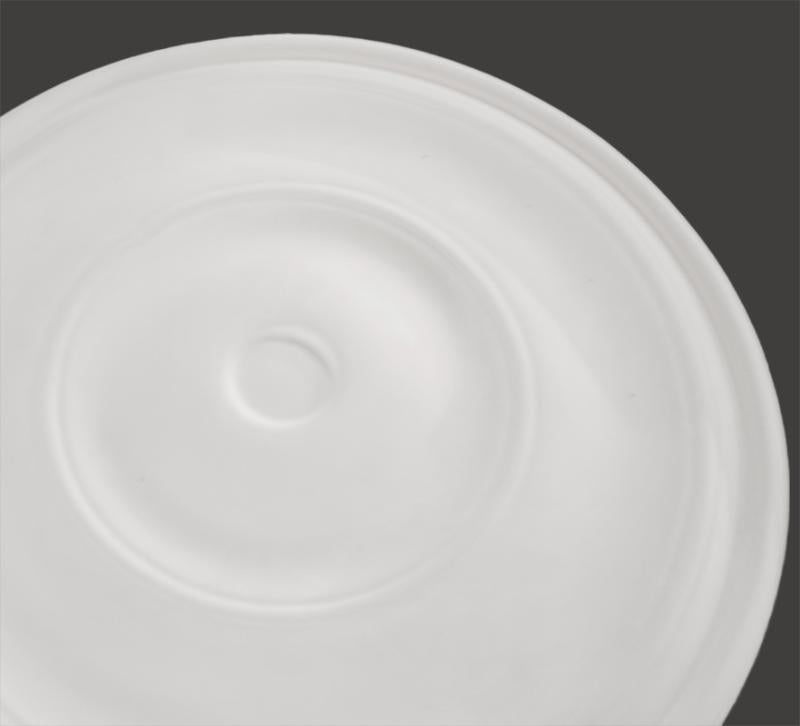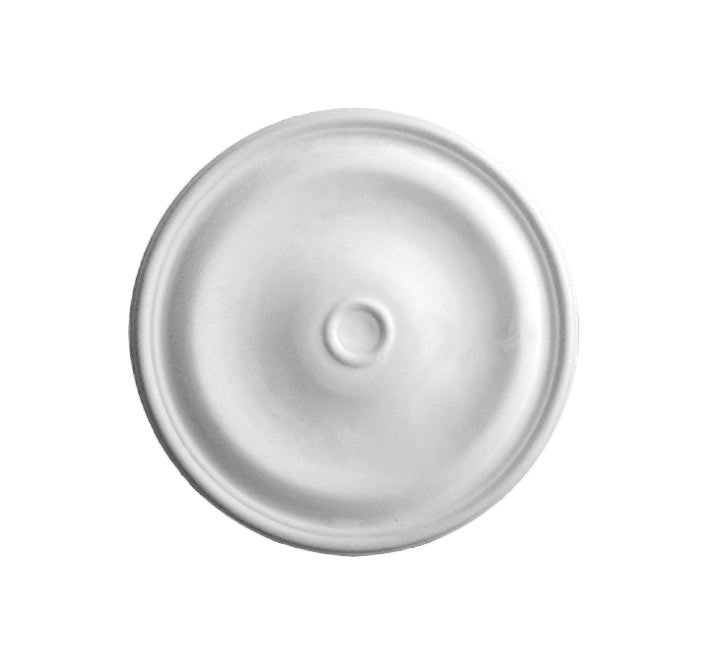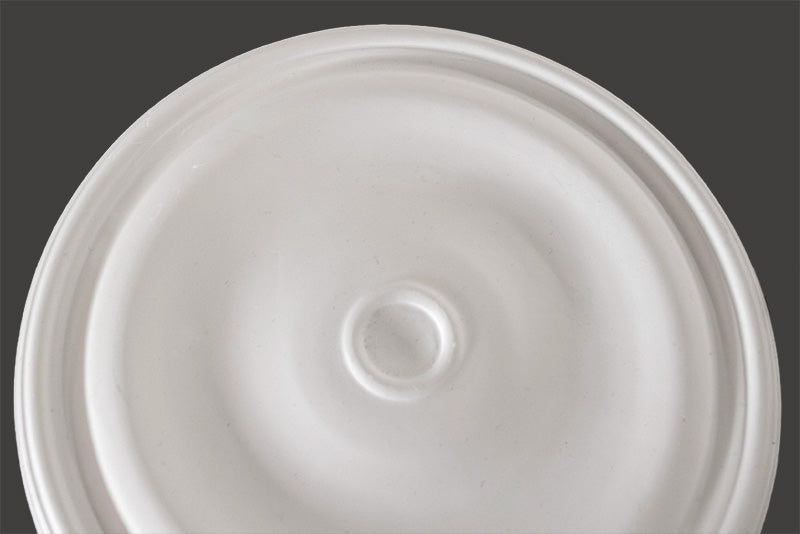Style History ~ 1920s Twenties Classicism:
Floors, Carpentry, Doors & Stucco
Floors - 1920s
The floorboards are tongue-and-groove pine or spruce, either varnished or covered with linoleum flooring. Common patterns include printed parquet imitations and floral designs. The surface is protected from wear by varnishing. In living rooms, parquet floors with oak slats in varying dimensions are laid. The most popular pattern is the herringbone pattern with a border along the walls.
Woodwork - 1920s
During the 1920s, the floor skirting boards are quite low and have a simple profile, often with a rococo shape. Door and window casings are even narrower than in the 1910s, typically between 7-9 cm. The profiles are simpler and often in a pear molding style. The previous dado panels are still present but start to be replaced by lower, narrower floor skirting boards with a simple profile in classical forms. The dado panels persist into the 1930s but begin to be seen as outdated and are replaced or covered over with Masonite. Woodwork during the 1920s is painted in a brown-beige color, faux-grain painted, or painted in off-white hues. With the advent of functionalism in the 1930s, smooth, unprofiled moldings come into use.
Doors - 1920s
During the 1920s, most interior doors had a similar design in terms of the number of panels and their placement. Popular are three or four mirrors of equal size. Between the hall and the kitchen, the door is often fitted with a light inlet to provide light to the windowless hall. Sliding doors remain popular between the living rooms and offer more furnishing options. The door handles are simple nickel-plated with separate key plates, although long plates are still common. A new feature during the decade is the spool-shaped handle with a sleeve in black wood. Casings and bases are narrower than before and have fewer profiles. The same casing is used throughout the apartment around both windows and doors. Doors and woodwork are painted in a dark brown-beige or muted green color. Towards the end of the decade, it becomes more common to have lighter woodwork in off-white.
Stucco - 1920s
Stucco moldings, ceiling roses, and other ornaments are produced in large quantities in the stucco craftsman's workshop and installed on-site. The craftsmanship arrived in Sweden in the 16th century and gradually expanded. By the end of the 19th century, various design languages were used simultaneously depending on the room's function. During the 1920s, the forms became simpler and more elegant. Most ceilings are completely smooth with a gentle curve towards the wall. The white ceiling paint is brought down 20-30 cm onto the wall where the wallpaper begins. A wooden molding or wallpaper border may be placed in the joint. A simple stucco ceiling rose marks the location for the light fixture. Lavish larger apartments and villas may have inner ceilings made of unpainted wood divided into panels. In the villa, the ceilings are paper-stretched and coated with white glue paint. The ceiling molding is designed as a cove molding.




























































































